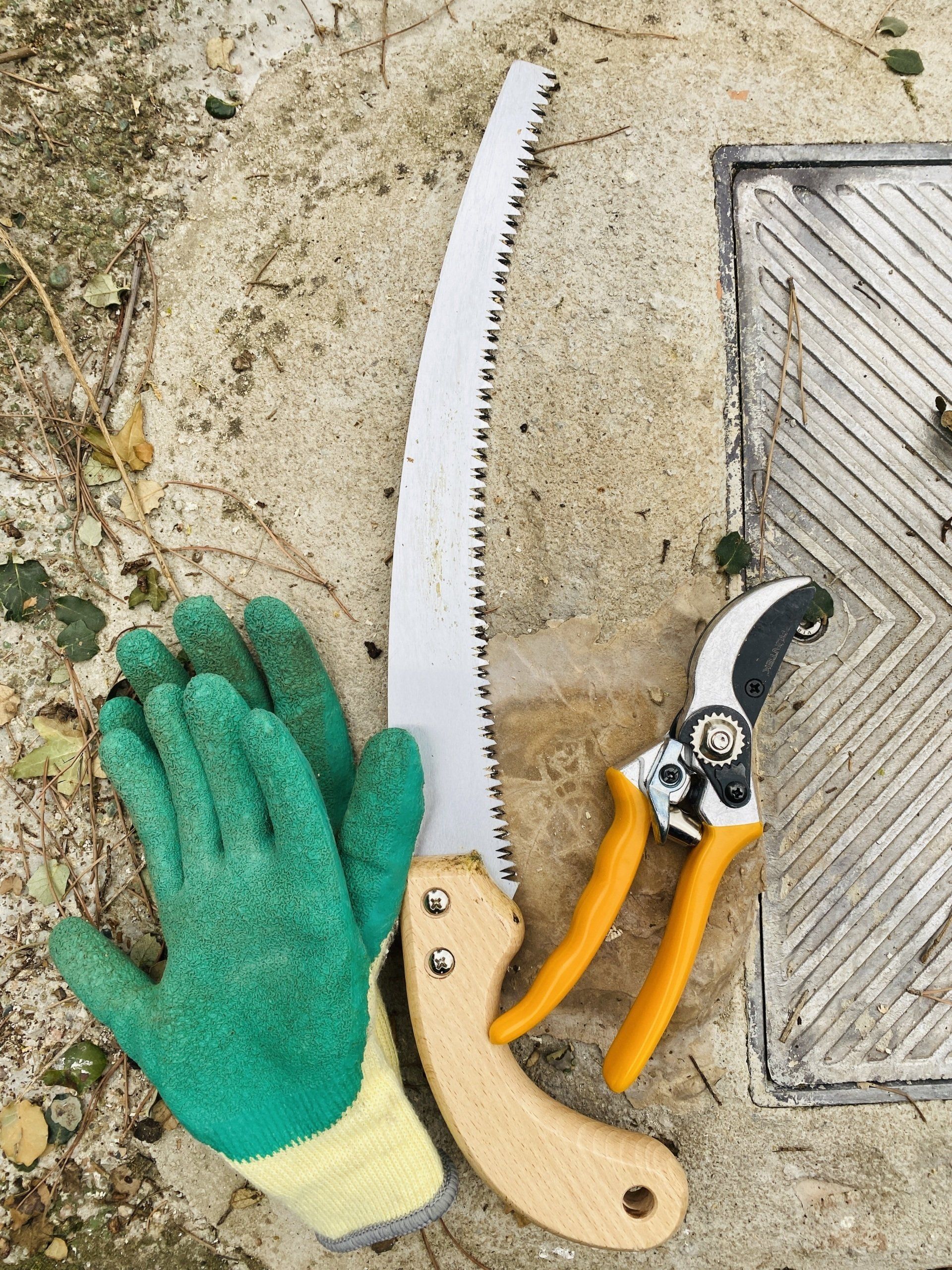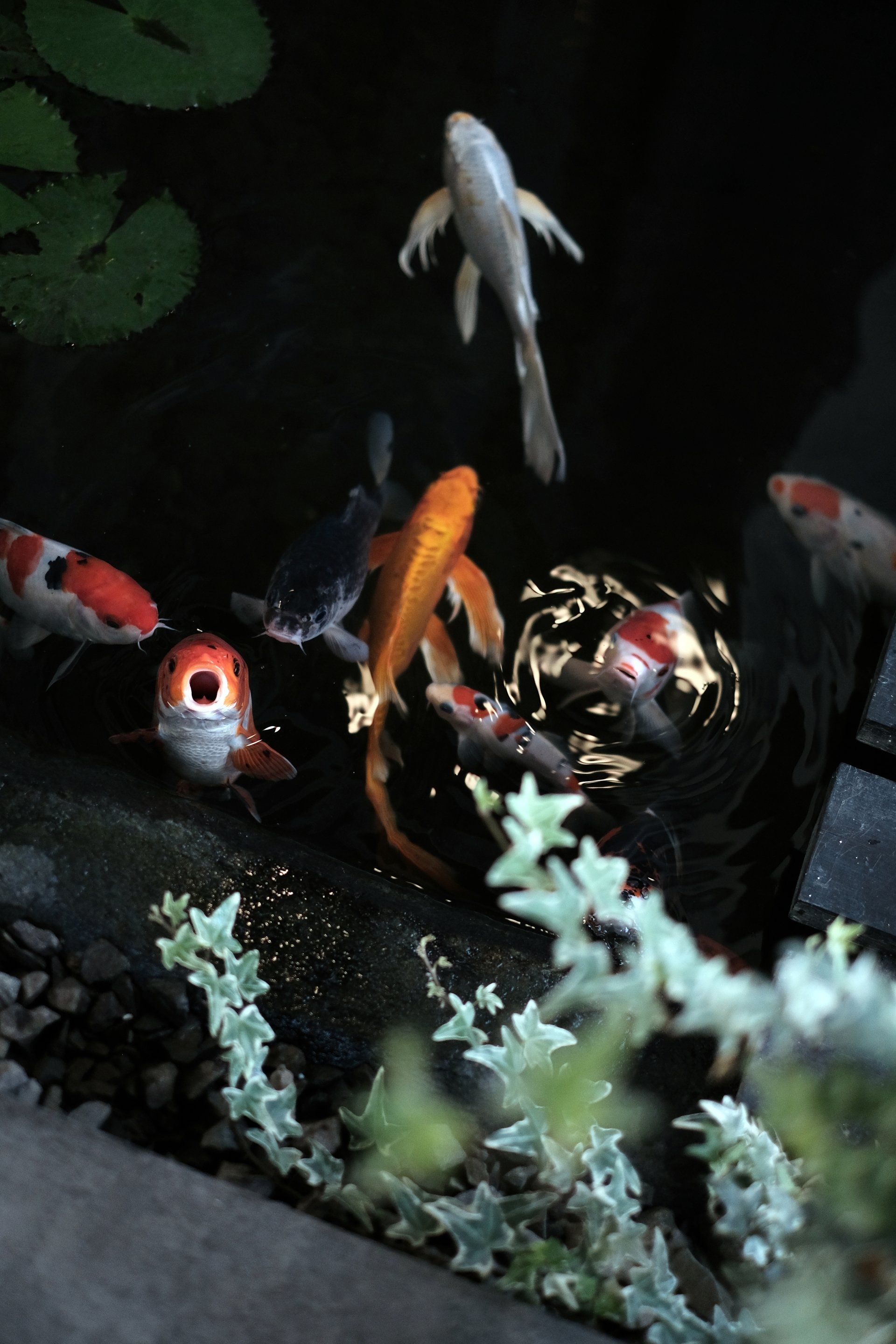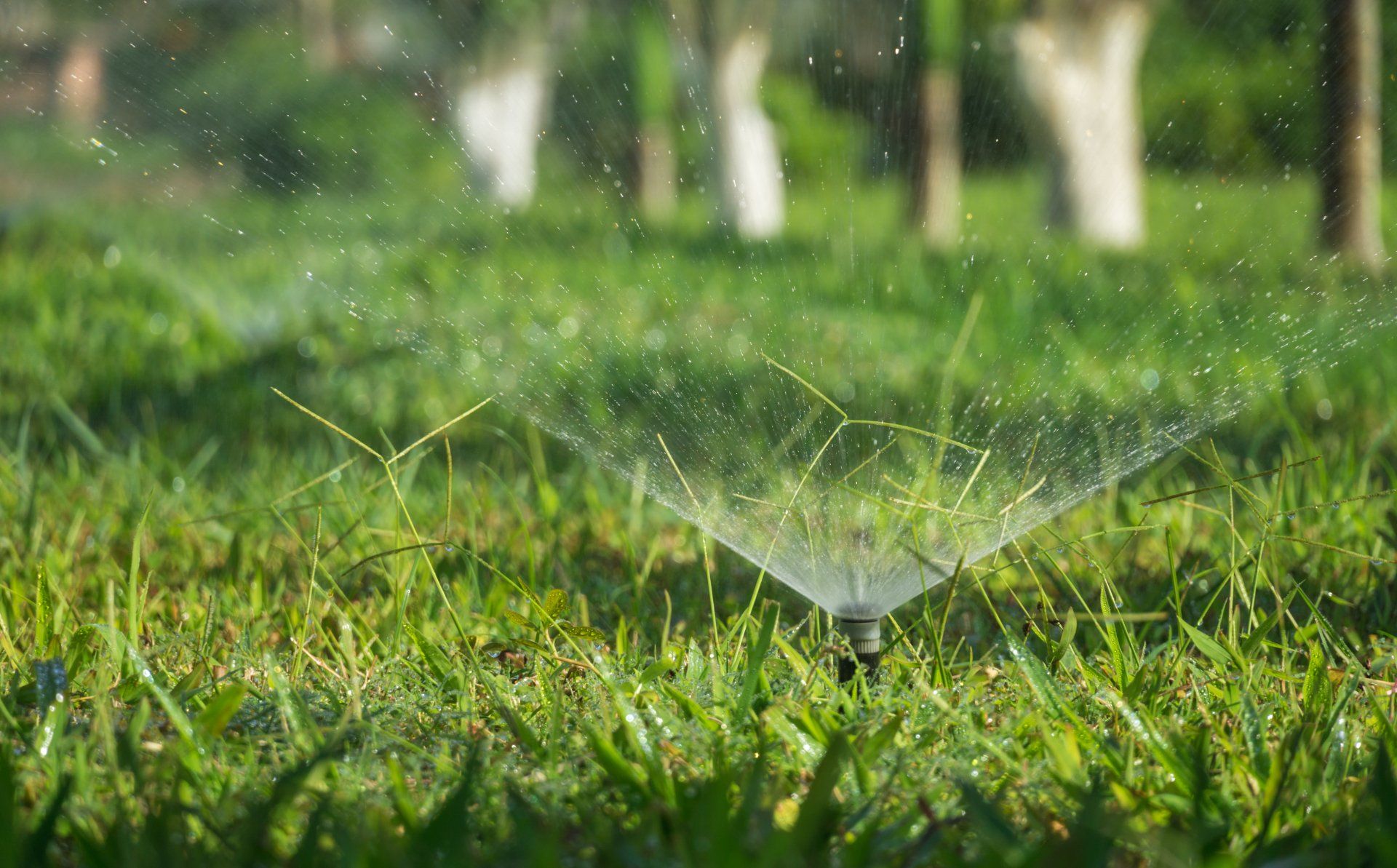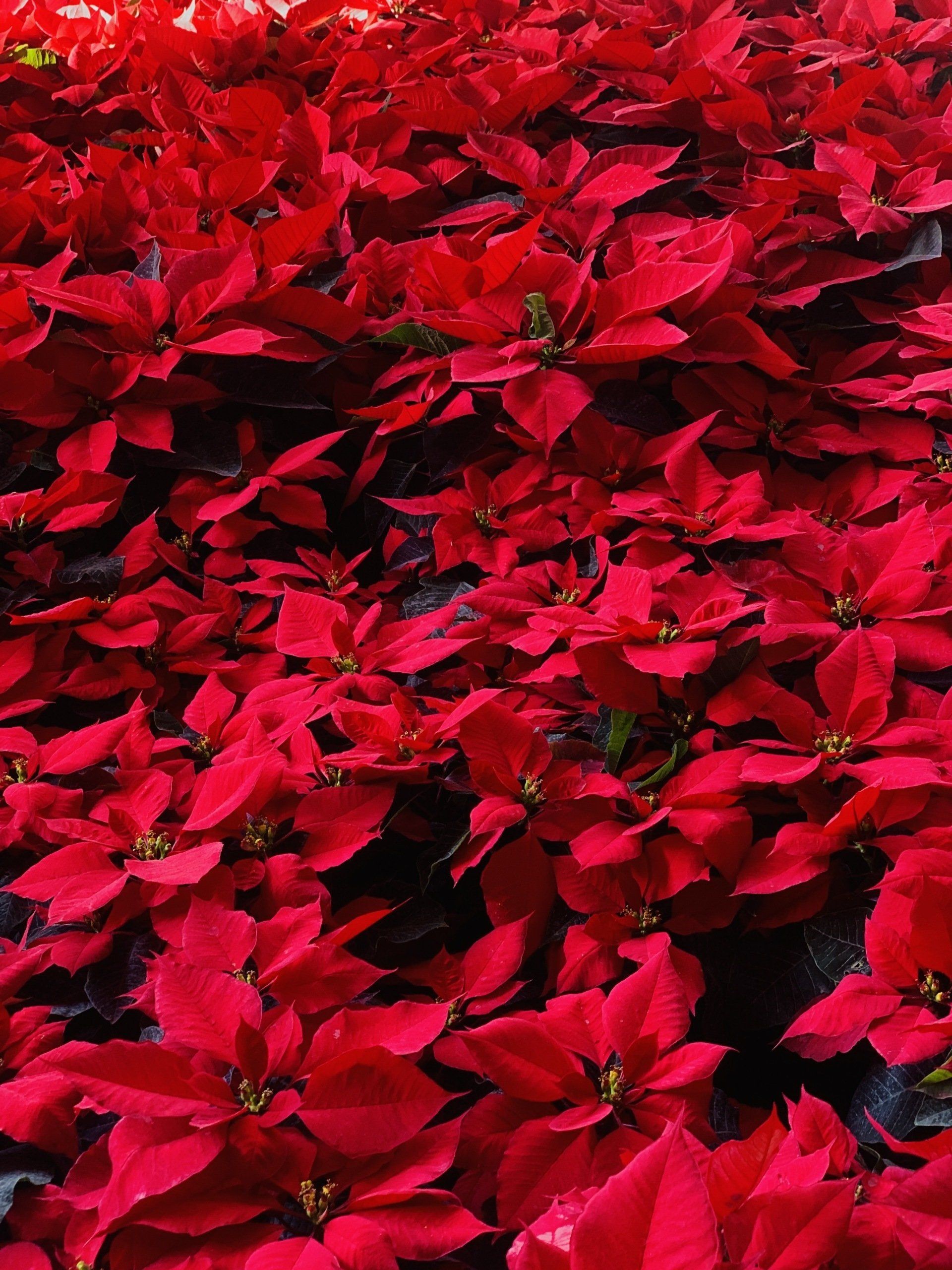How Short Should I Cut My Lawn?
How Short Should I Cut My Lawn?
We've all been there. Cool-season grasses should typically be cut to 3 to 4 inches and warm-season grasses to 2 to 2.5 inches. The taller grasses will shade the soil and protect the roots of your lawn from the heat during the warmer months. Here are some tips to help you understand how your lawn can stay healthy and lush all year.
Type of Grass and Height
Although it may seem small to change the height of your lawn every now and again, depending on what type of grass you have, this can be detrimental to your lawn's health. Different grasses require different care, so it is important to get to know your lawn by name. Cool-season grasses are those that can be found in colder climates, such as Kentucky bluegrass and perennial ryegrass. To shade the soil and keep the roots cool in hot weather, they should be mowed to 4 inches. Warm-season grasses such as Bermuda, centipede, and zoysia are best kept between 2 and 2.5 inches in warmer regions.
Do not Go too Low
Some people prefer to cut the grass lower to save time and not have to mow as often. Mowing your grass too low can cause damage to your lawn, no matter how tempting it may sound. Mowing your lawn too low not only can stress your grass but can also cause your lawn to become a haven for invasive plants. For weeds to grow, sunlight is essential. If your lawn is cut too short, sunlight can penetrate the soil and encourage the growth of weeds. Longer grass keeps those pesky seeds from growing. This allows your lawn to be the main attraction. The longer grass helps to keep weeds away and also protects lawn from the heat of summer.
A Third Rule
You should not remove more than one-third of the grass' height in one mowing, regardless of what kind of grass it is. Why? It's easy for people to forget that grass can still be stressed when cut. A stressed-out lawn can lead to a host of problems. Let it grow for at least one-third more time than its ideal height before you mow.
Mowing Frequency
If you cut your grass too short, you invite weeds, drought, and heat damage. If you leave your grass longer than necessary, it can make your lawn a perfect habitat for insects and mosquitoes. How do you decide how often to mow your lawn with all these variables? It is not uncommon for people to follow a mowing schedule based on the weather, season, and climate. However, most people will only need to mow their lawn every 5 to 7 days. The frequency at which your lawn should be cut will depend on its requirements and height.
Professional Lawn Maintenance
A beautiful lawn will not only add value to your home but will also make you feel good. It may take some time and effort to maintain a lush lawn. We can help you determine the right height for your lawn if you don't have time or patience. Our knowledge and experience will keep your lawn healthy and vibrant all year. We offer exceptional residential lawn maintenance, including mowing and fertilization.
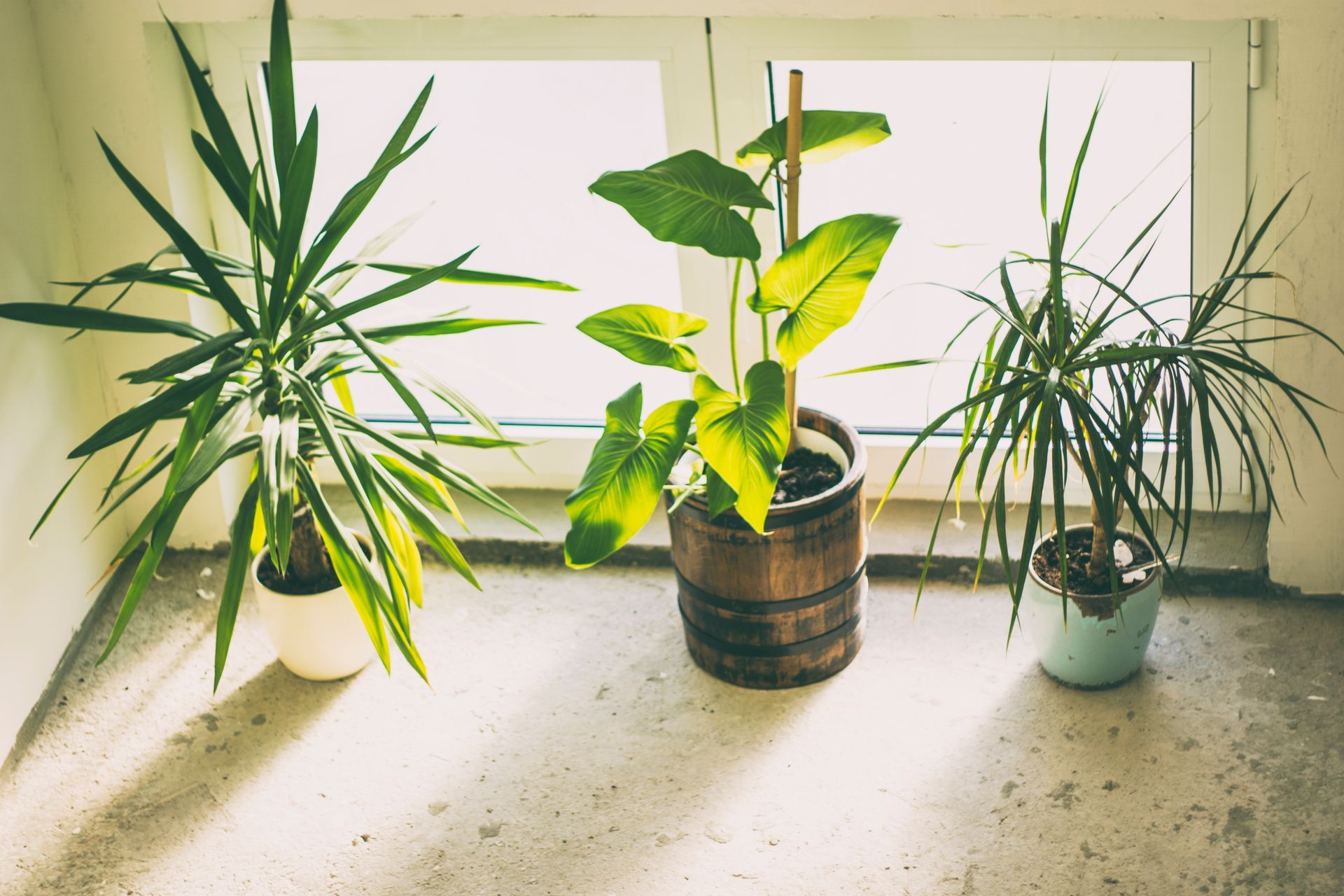


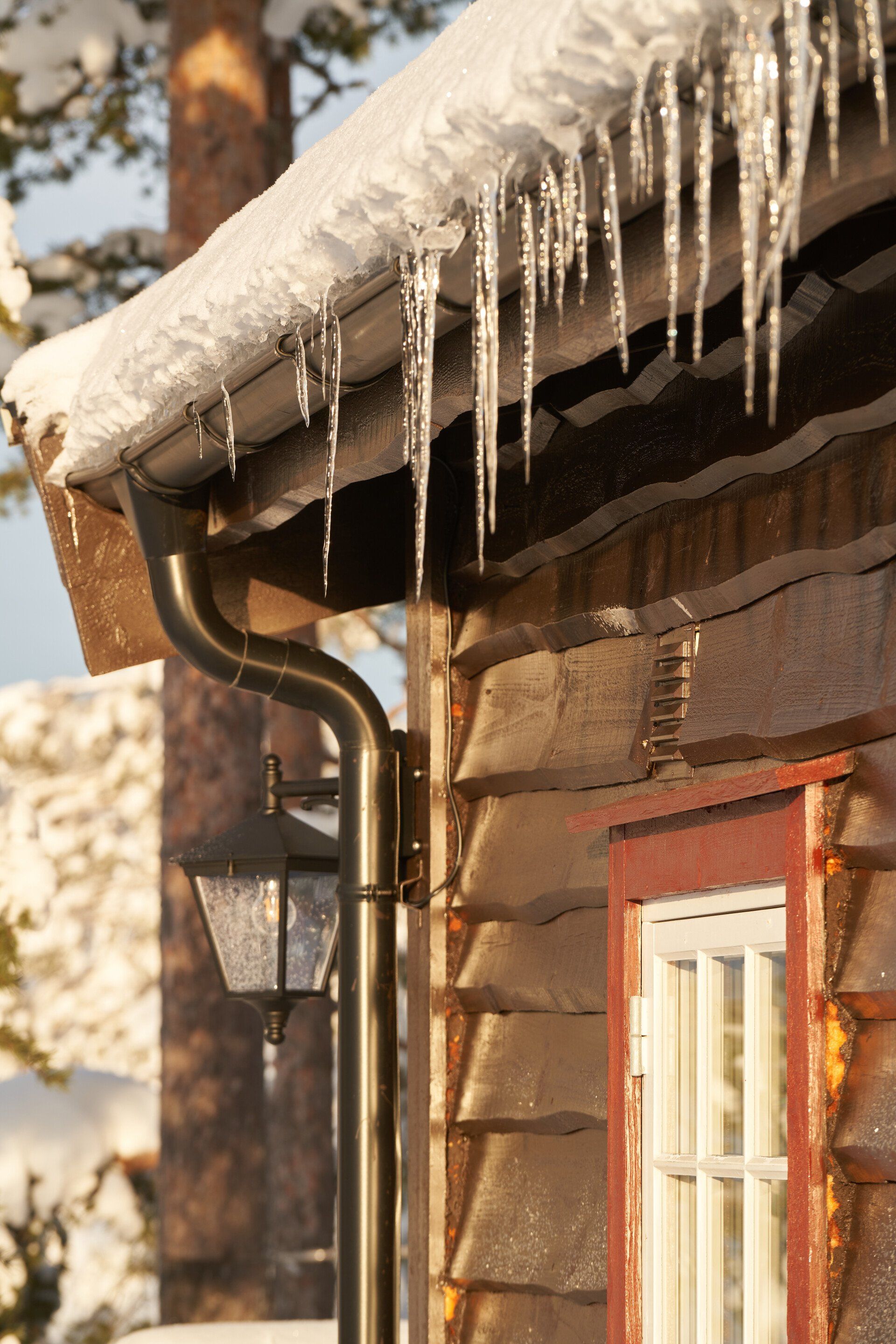

Procare Landscaping Chilliwack
Procare Landscaping Chilliwack
45922 Higginson Rd #B, Chilliwack, BC V2R 2C7
Services

